Many patients consult surgeons thinking their breasts aren’t pretty, misplaced or sagging. Yet, a lot of women imagine imperfections that aren’t real. If you’re wondering how surgeon ‘measure’ the beauty of the breasts, the following features, among others, are what they take into account to recommend breast implants size, breast lift techniques or even the extent of a breast reduction.

The ideal breast features : base, skin, tissue proportions
Breast base
The space separating the two breasts has to measure 2 to 3 cm. Internally, near the sternum, the two breast bases must not touch, otherwise it’s a case of symmastia, commonly called ‘uni-boob’. Depending on the patient’s height, the ideal breast base varies between 11 to 14 cm. When viewed from the front, the breast must not extend too far over the arm. This unnatural appearance can sometimes be seen in breast augmentation cases because of the implants having a base that is too large.
Breast skin
Ideally, breast skin is elastic and thick. This can be measured by pinching the skin. The thickness has to be sufficient between two fingers, which corresponds to approximately 2 cm.
Skin elasticity also play a role in the appearance of the breasts. It can be measured by a qualified surgeon who will choose the breast implants and technique accordingly.
The presence of veins under the skin is often a sign of hormonal exposures such as pregnancies or premenstrual syndrome. The presence of stretch marks, particularly in the upper part of the breasts skin envelope, is often a sign of weight fluctuations and problematic for patients because those can’t be concealed in a bra.
Breast tissues
A firm breast, rich in glandular tissue and poor in fat tissue is the most sought after proportion. Soft breasts usually consist of little glandular tissue and a lot of fat tissue, and this proportion is sensitive to hormonal changes. Most often, patients have mixed breasts with a balanced proportion between the mammary gland and fat tissue.

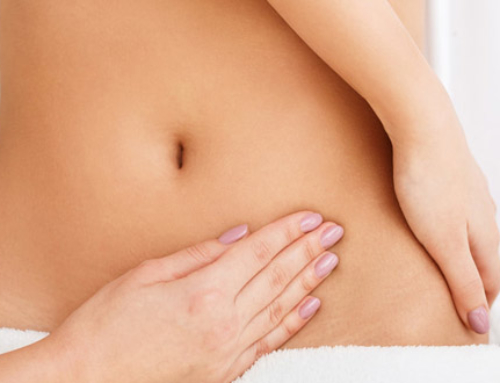
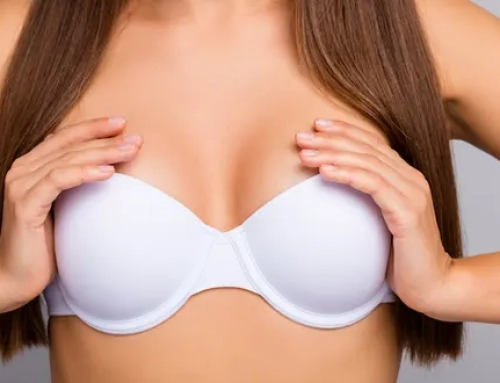
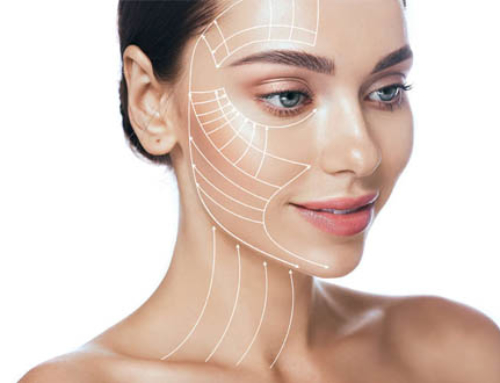
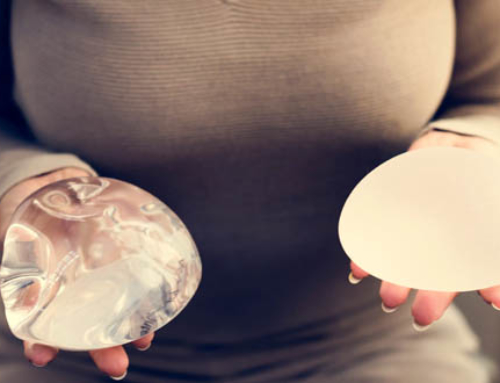
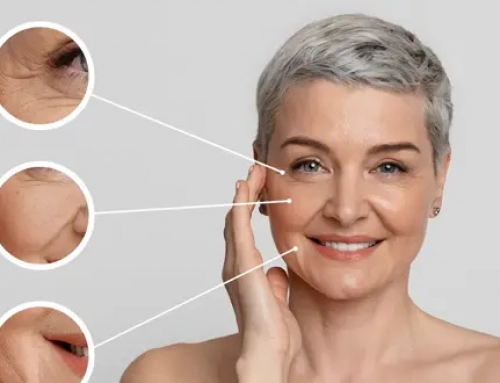
Laisser un commentaire